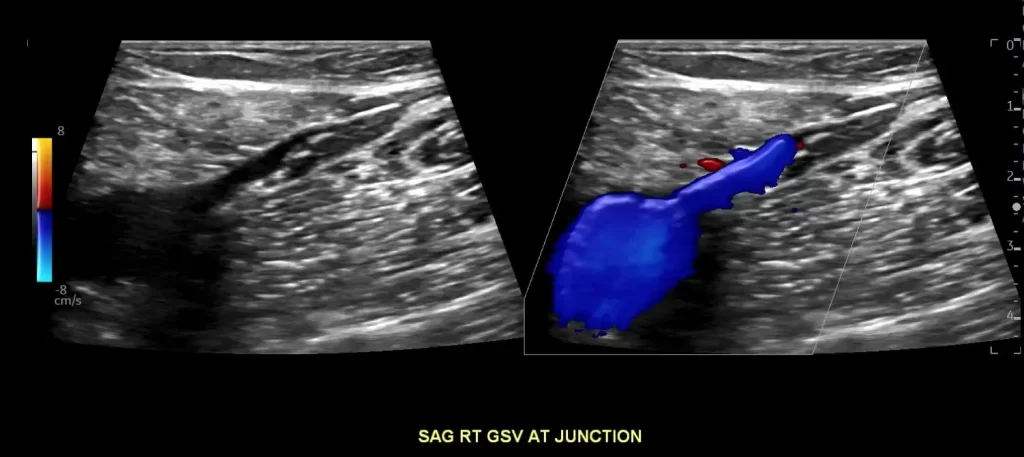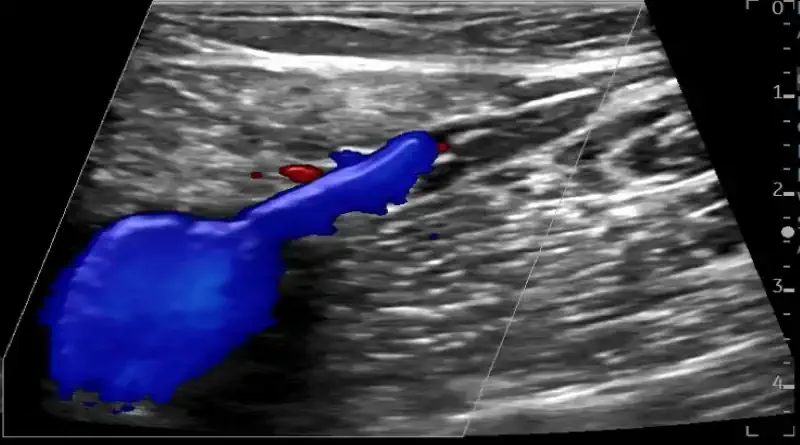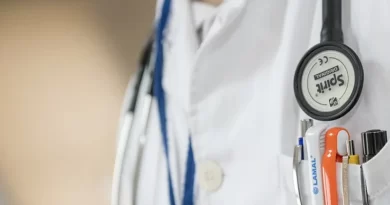Superficial Thrombophlebitis
We divide veins to superficial and deep. Superficial veins are close to the skin. Of course deep veins are deeper inside our body. Superficial thrombophlebitis is a blood clot in a superficial vein. They are considered less dangerous than deep vein thrombosis.
Symptoms
Like any other vein blood clot, some people will experience symptoms and others will not. When there are symptoms they can include:
- Pain over the vein.
- You might be able feel a hard cord where the vein is full of clot.
- There might be a red line over the vein. This is the phlebitis.
Causes
We don’t always know why clots happen. But in the case of superficial thrombophlebitis, there are a few reasons that are more common than others:
- Intravenous lines, a tricky blood draw or infusion of a toxic medication. These can injure a vein. This usually happens in the arm and is the most common cause of clots in the arm.
- Varicose veins – Obviously typical of the lower extremity, superficial thrombophlebitis is not uncommon in varicose veins.
- A clotting disorder
- Cancer
- Injury
- Surgery. Blood clots after surgery are common. Sometimes they are in the superficial veins.
Remember that these are just a few common examples. These are not the only reasons for clots.
Superficial Thrombophlebitis Diagnosis
If you suspect a clot in a superficial vein, the next step is to get an ultrasound. There are two reasons for this. First, because the ultrasound will prove the diagnosis. But second, ultrasound will also show the clot extent. It is important to understand if the clot is extensive or if it is localized. It is also important to know if the clot is close to the deep veins, or if it is only in the superficial veins.

Superficial Thrombophlebitis Treatment
Treatment depends on symptoms and on clot location. If a person has few symptoms and the clot is small and only in the superficial veins, then often we don’t need to treat. We might opt to just follow the symptoms and repeat the ultrasound after a few weeks to make sure the clot is not growing.
On the other hand, if there are significant symptoms and the clot is large we might offer treatment. This is especially true if the clot is close to the deep veins. This is because we do not want to under-treat. This might result in the clot growing and becoming a deep vein thrombosis.
The treatment for superficial thrombophlebitis includes local measures and blood thinners. Local measures include warm compresses. Sometimes, we will advise to take NSAIDs (such as ibuprofen) to control pain.
We offer blood thinners for larger clots. In the past we used to offer an injectable blood thinner called fondaparinux. But there are data that show that a pill called rivaroxaban is just as effective. Treatment duration is usually 45 days.
Finally, a word about intervention. Some patients with extensive lower extremity varicose veins will experience recurrent superficial thrombophlebitis. If they clear the clot, then we can offer them intervention to remove the culprit vein. This is especially true if the phlebitis happens in a similar location repeatedly.
Complications
A superficial vein thrombus is not as dangerous as a deep vein thrombosis. But this does not mean that we should ignore it. First, we need to treat symptoms. But even in people without symptoms, not treating can lead to complications. The main complication is for the clot to grow into the deep system and become a deep vein thrombosis.
Another long-term complication is venous insufficiency. A clot in a superficial vein might ruin that vein. This may lead to faulty, leaky, vein valves. Over time pressure builds up in the veins and in the leg. This pressure can lead to aches, edema, varicose veins and skin changes. The worse outcome might be chronic skin ulcers.





Pingback: Post Thrombotic Syndrome: Definition, Symptoms, Treatment